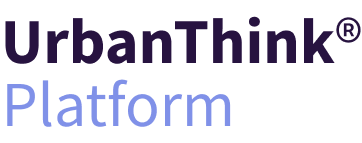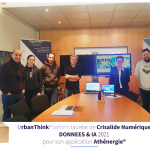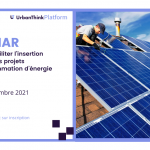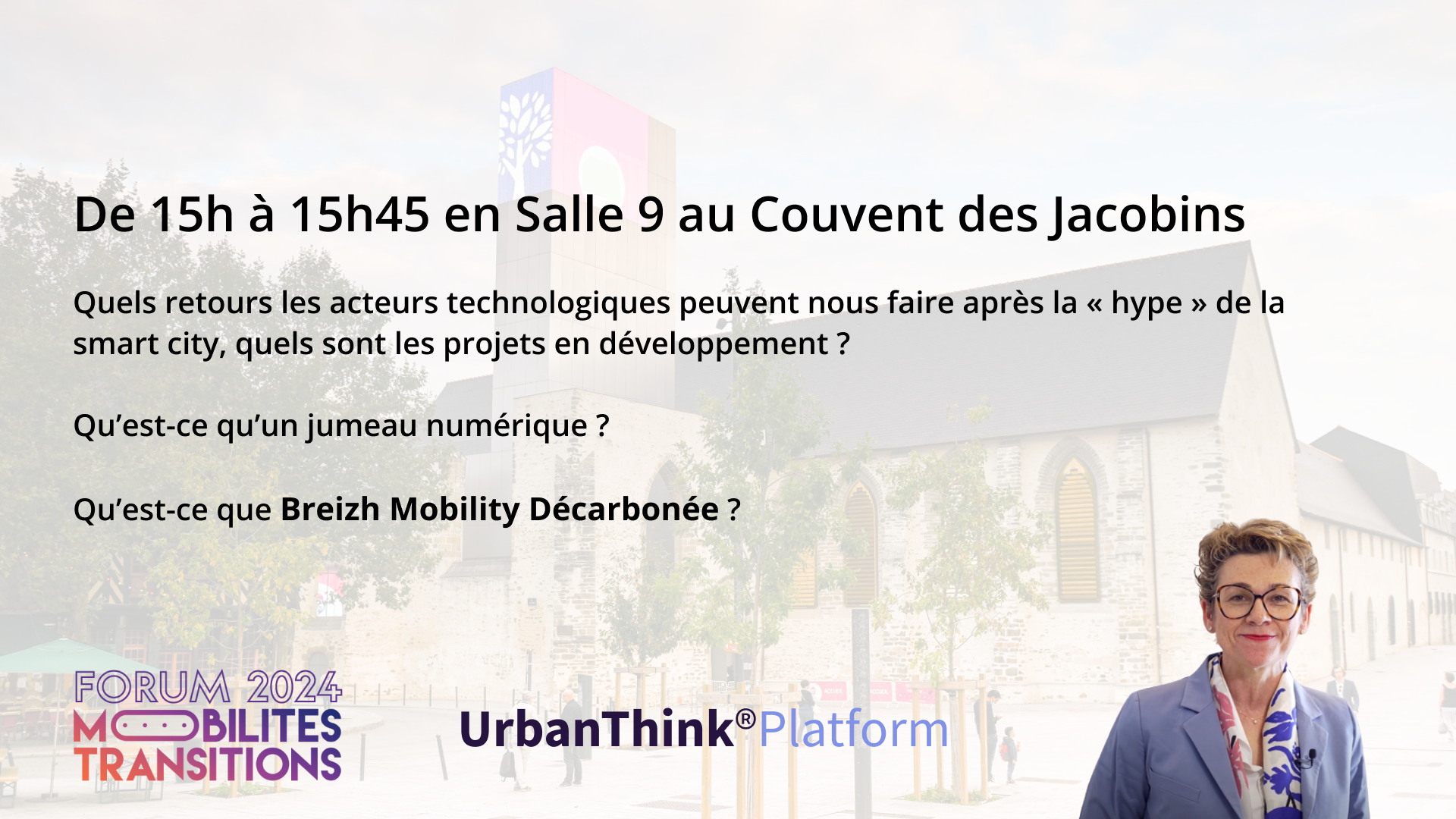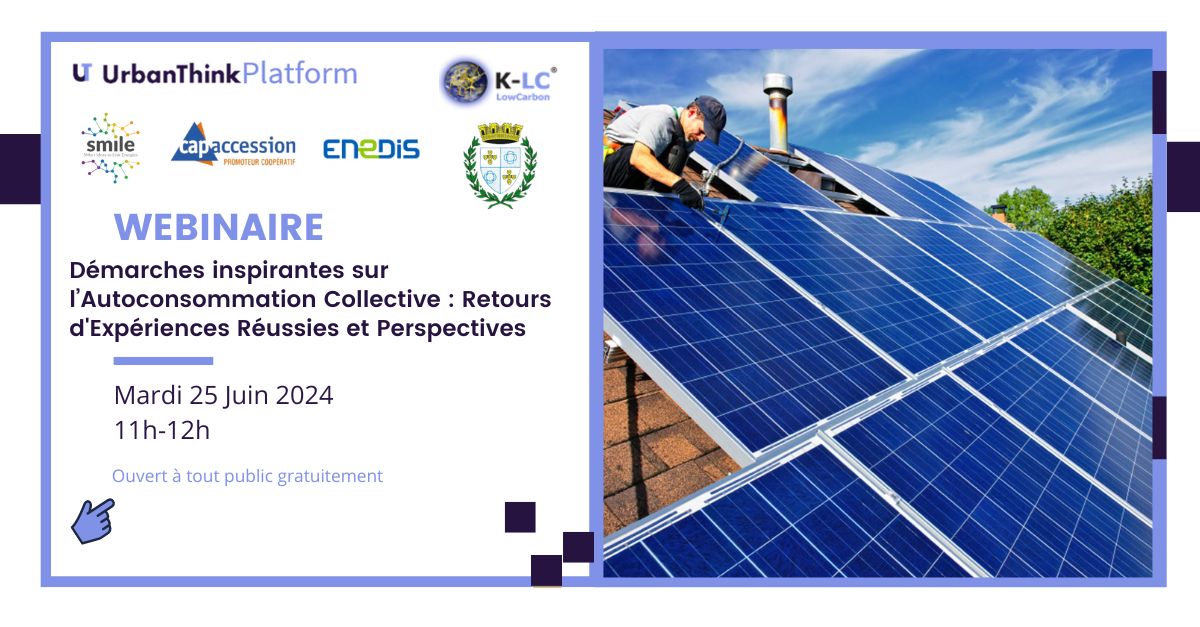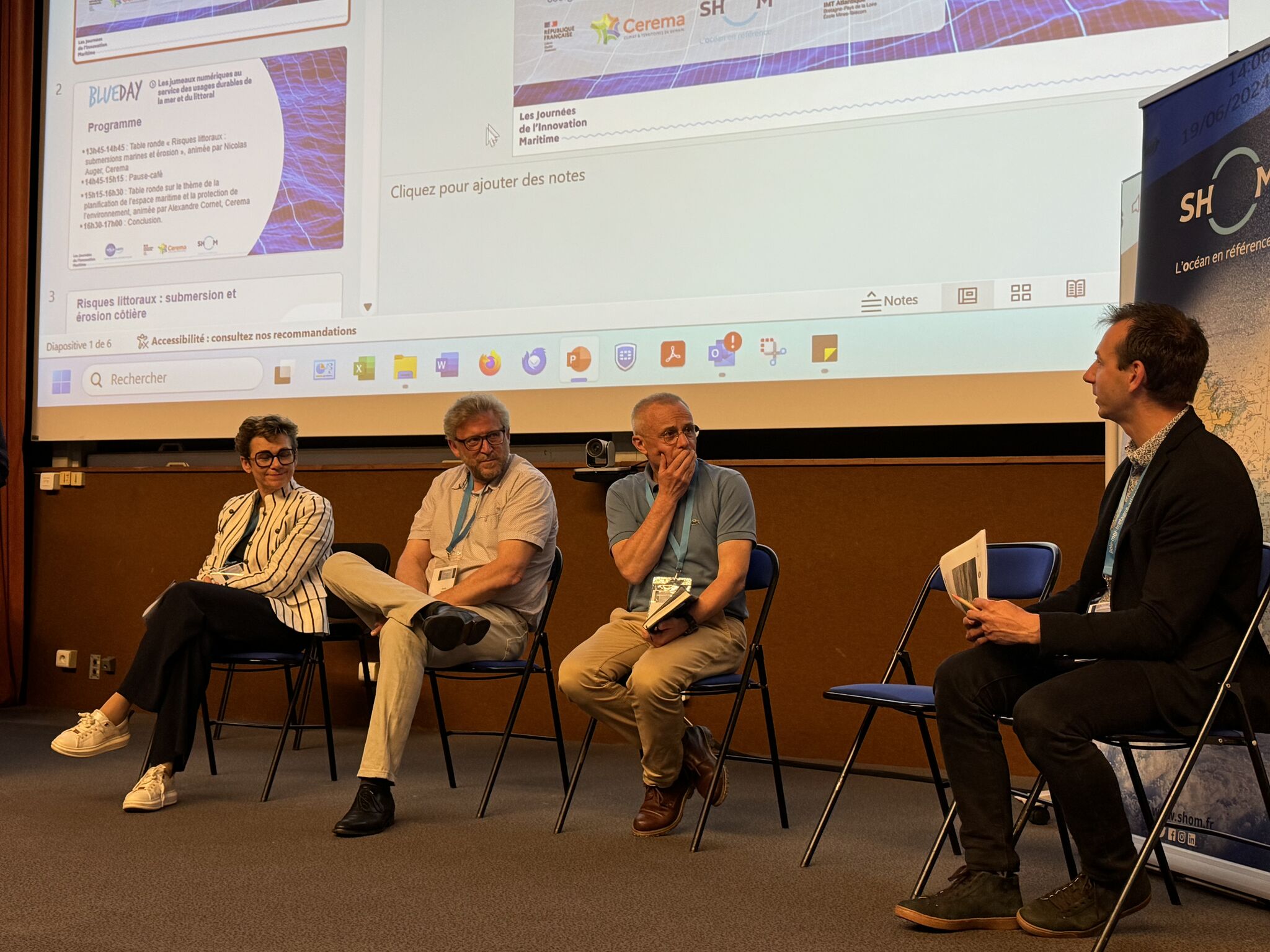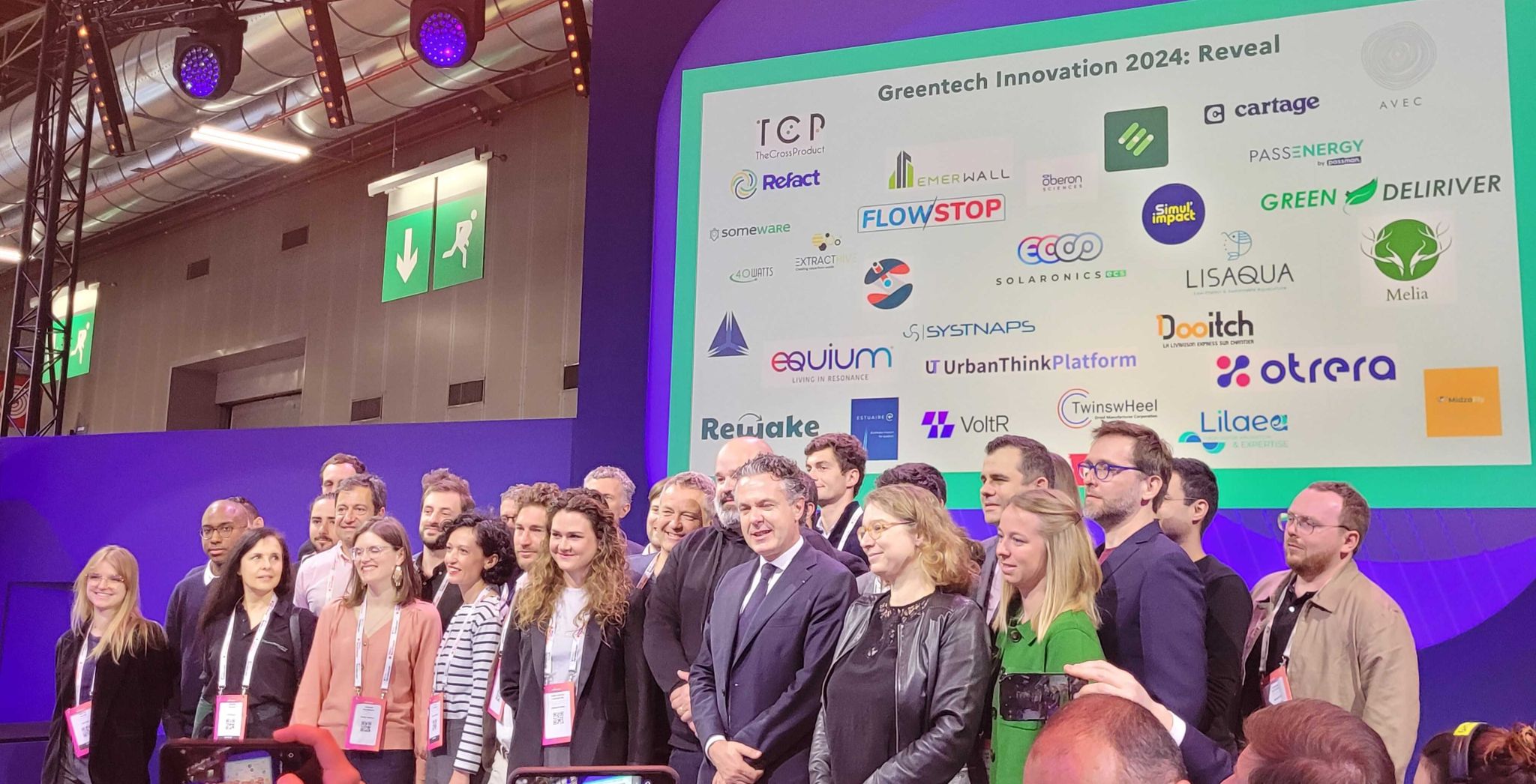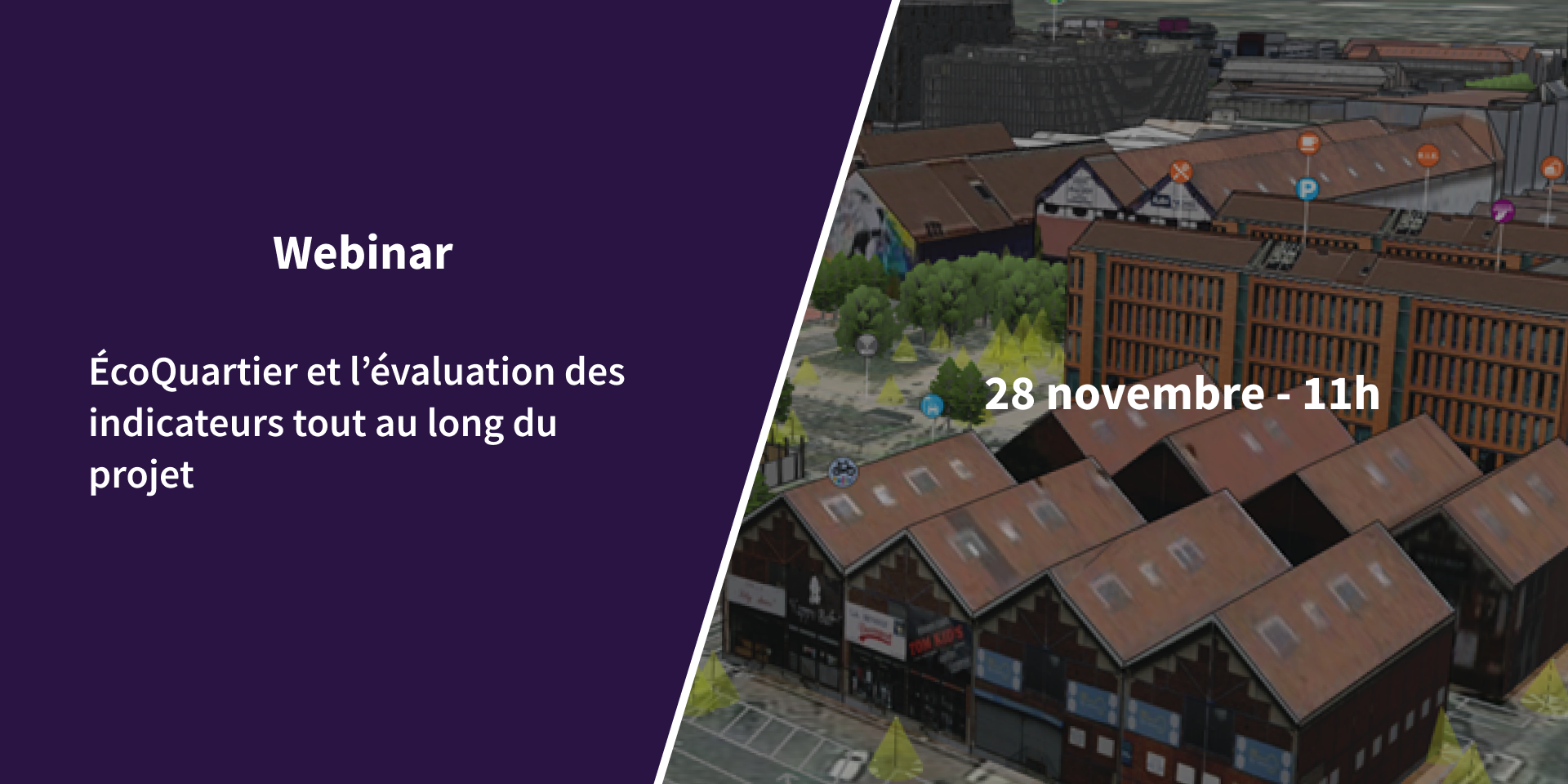
Webinar | EcoQuartier and the evaluation of indicators throughout the project
What is an ÉcoQuartier?
The ÉcoQuartier approach was introduced as part of the Grenelle de l’Environnement process to encourage the emergence of new ways of designing, building and managing the transformation of the territory. Officially introduced in 2009 by the French Ministry of Ecology, Sustainable Development and Energy, the approach is based on a guide to sustainable development, updated in 2023 to incorporate recent regulatory changes and meet the challenges of the sustainable city: sobriety in the consumption of resources and energy, resilience, particularly in the face of climate change, inclusion and the creation of local value.
Eco-district label and indicators
To enhance the value of sustainable city demonstrators, the renewed approach now targets the label on “delivered” and “lived” districts, according to a vintage logic and by associating it with qualitative, quantitative and contextualized performance objectives, based on some twenty national indicators responding to the challenges of the sustainable city: sobriety, inclusion, value creation, resilience.
The speakers
Gwenaëlle CARFANTAN, CEO KLC – UrbanThink Platform®, will present ThinkCities®: a decision-making tool for the evaluation and performance of eco-neighborhoods.
Juliette MAITRE, Project Director, Aménagement et Transitions, CEREMA, will discuss the challenges of evaluation in EcoQuariers.
Olivia BELLANGER, Director of SPL RUEIL MALMAISON/ Zac Arsenal, will present a project under development, currently in phase 3 of the labeling process. The aim is to share their experience gained in this context.
Question / answers :
– What software is used?
“It’s our ThinkCities solution, based on ArcGIS.” Gwenaëlle CARFANTAN
– Concerning the EcoQuartier initiative, do you have any visibility on the roadmap for the next few years?
“Concerning EcoQuartier, I can’t answer for the Ministry, but in the short term, the challenge is already to communicate well and let all the players take ownership of the initiative. On the other hand, as far as the indicators are concerned, we’ll be developing them in line with regulatory developments and changing challenges.” Juliette Maitre
– What’s new for the coming years?
The approach itself is based on continuous improvement.
– How do you show evolution with indicators that change?
“As far as indicators are concerned, the principle is that they should remain stable over time, with a basic base for all eco-districts. We may add to them if the project developers raise the issue, or if regulations change, but the indicators will remain stable. Then the results of these indicators will evolve, but whether it’s Olivia or Gwenaëlle, they’ve shown you how we can represent these results with a time perspective.” Juliette Maitre
– Basically: the calculation of an indicator remains the same (to be able to compare comparable results)?
“Yes, that’s the idea. We’ll be making a few improvements in early 2024 to take account of feedback from the field. But it’s mainly to help with the calculations, it doesn’t call into question the current indicators.” Juliette Maitre
